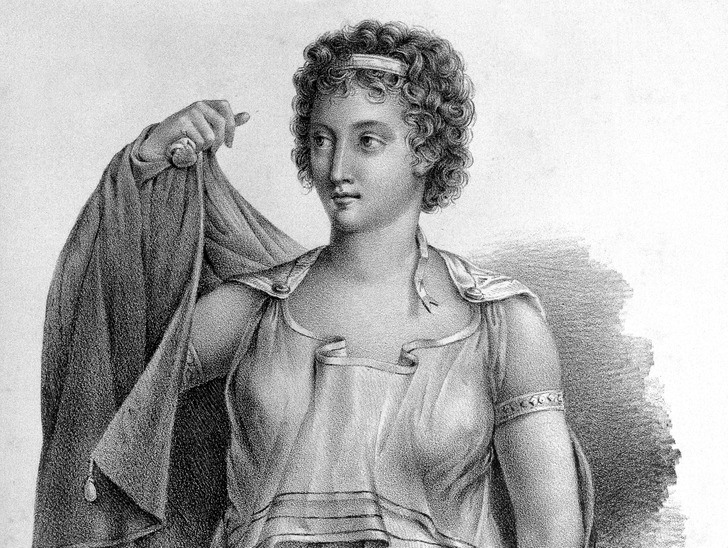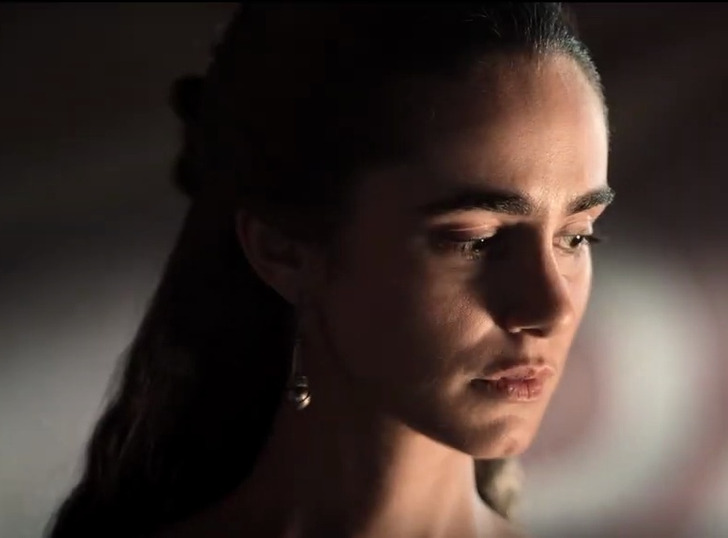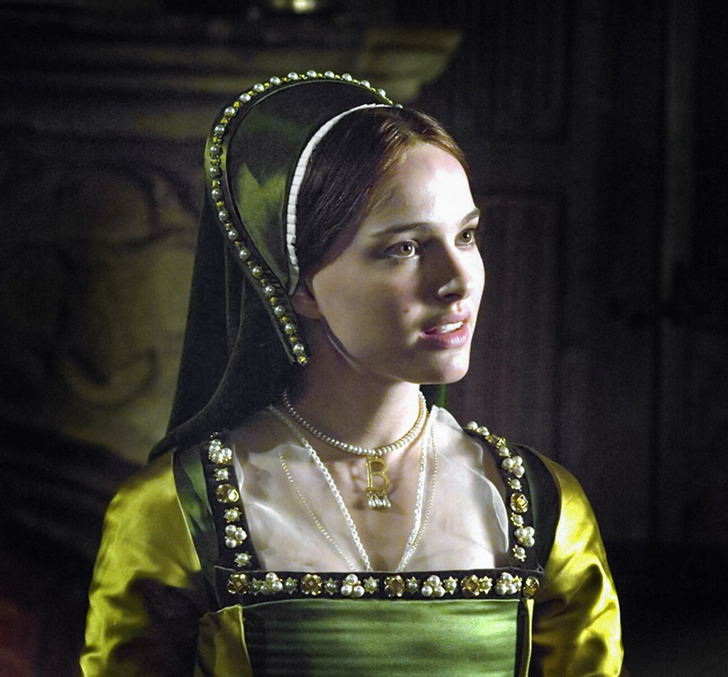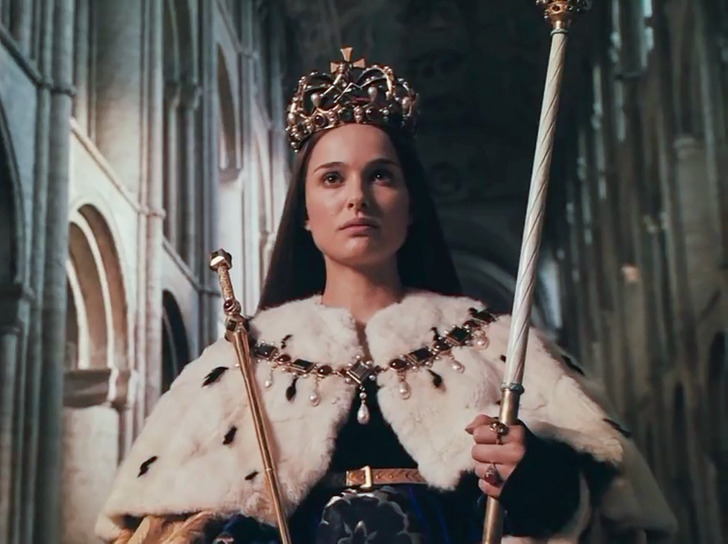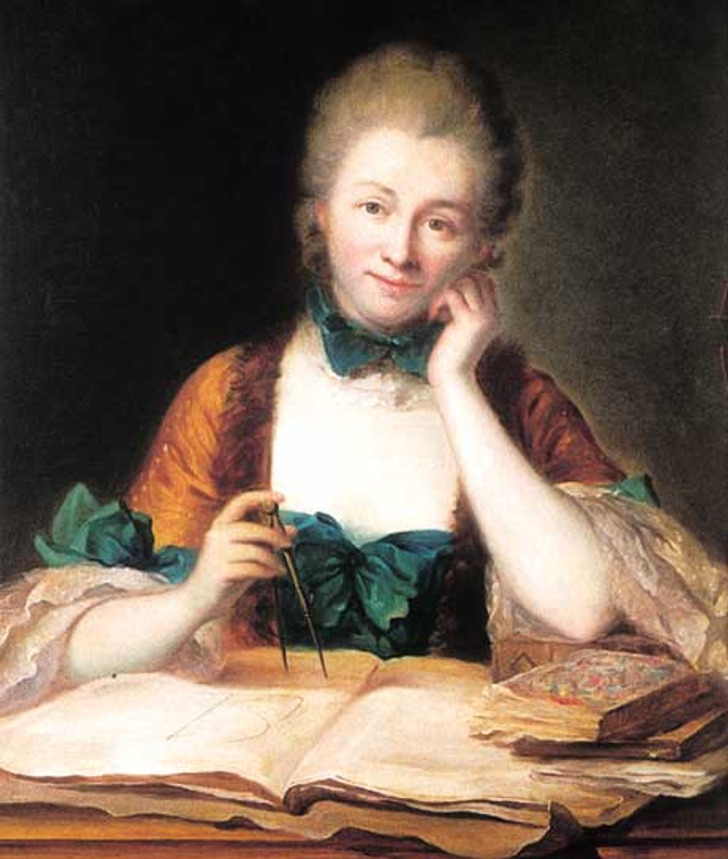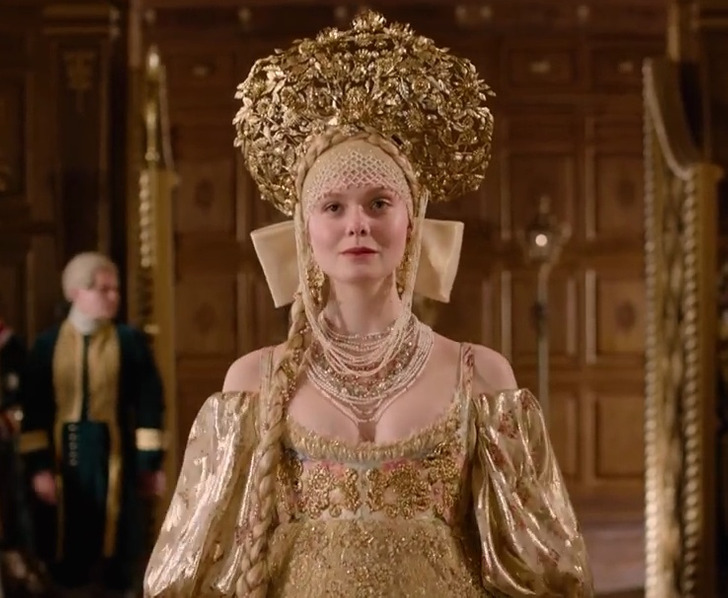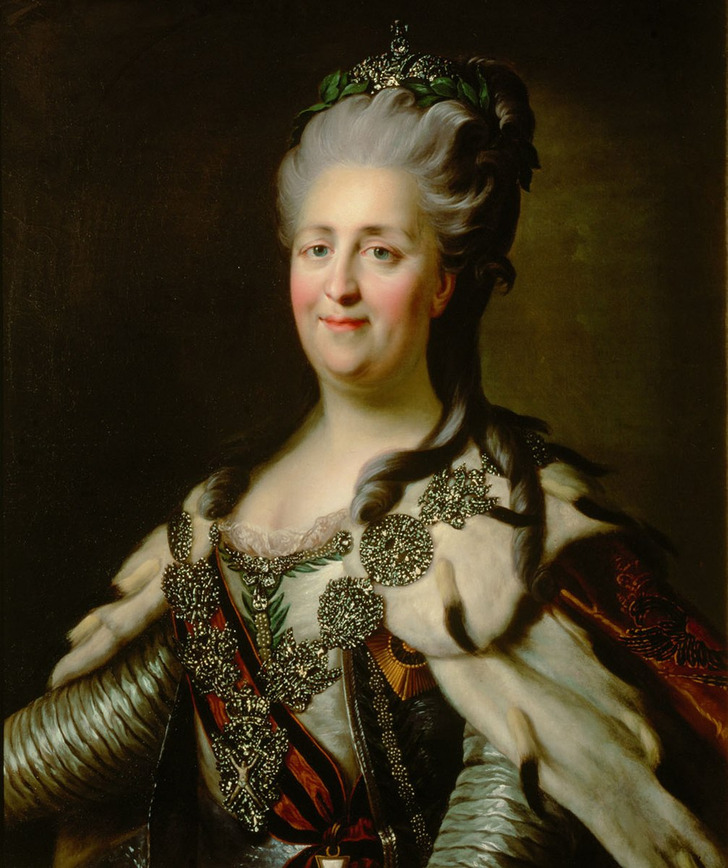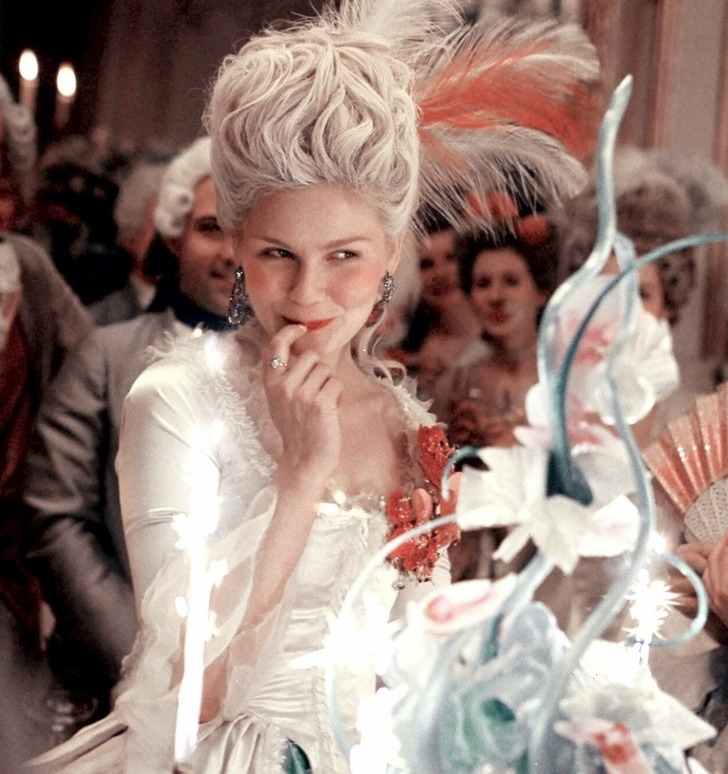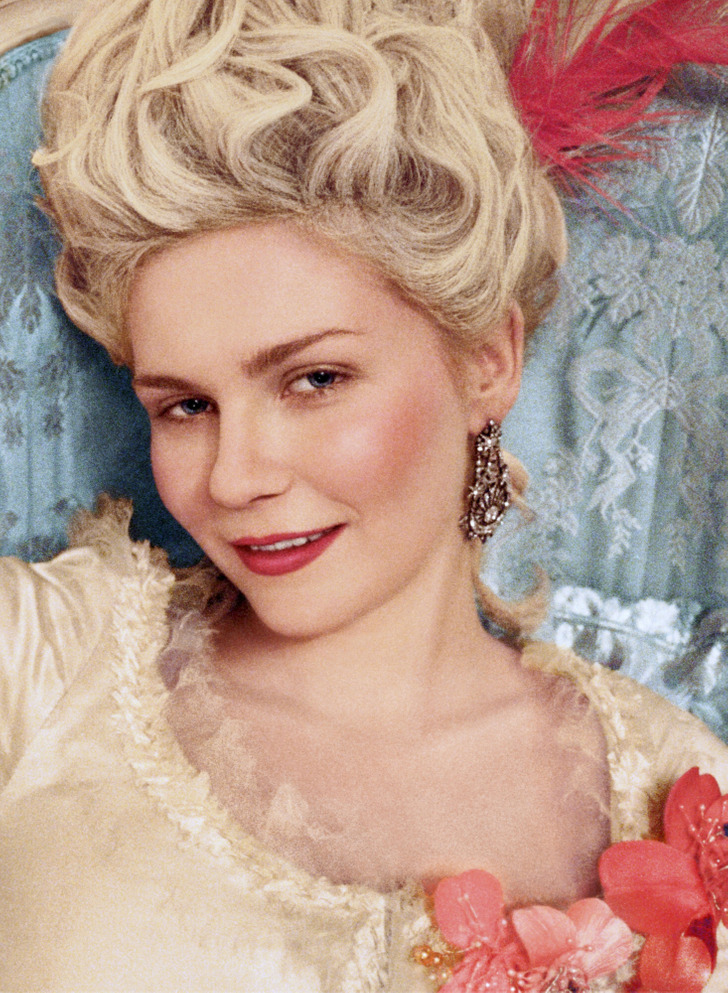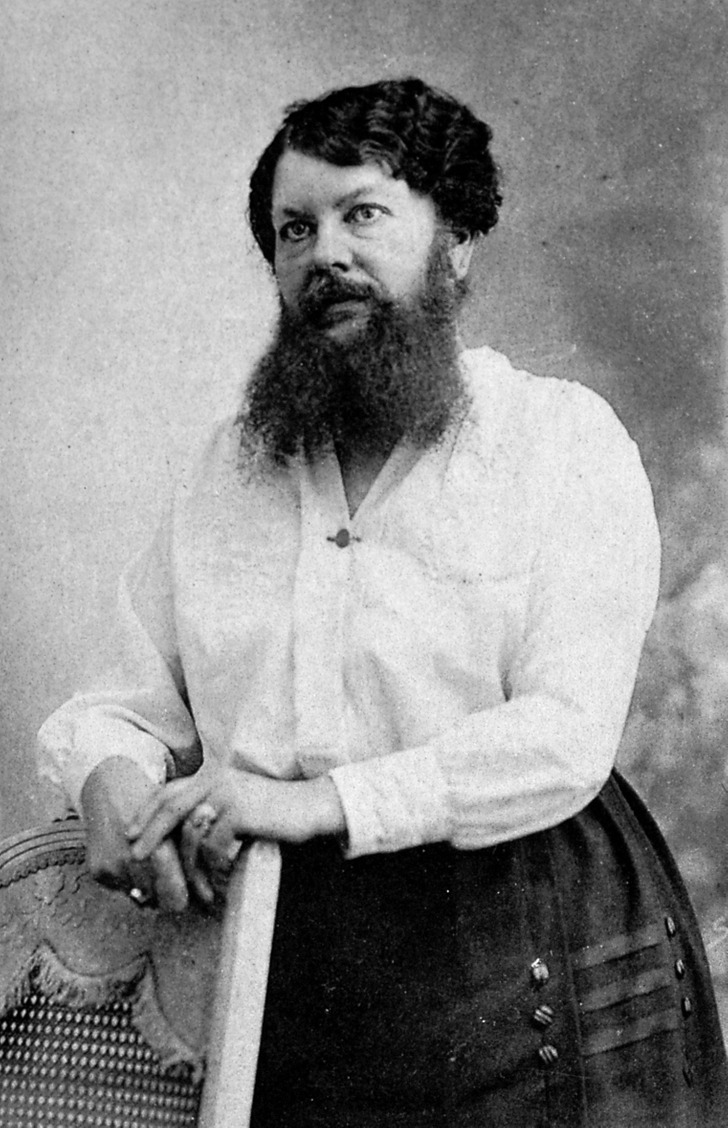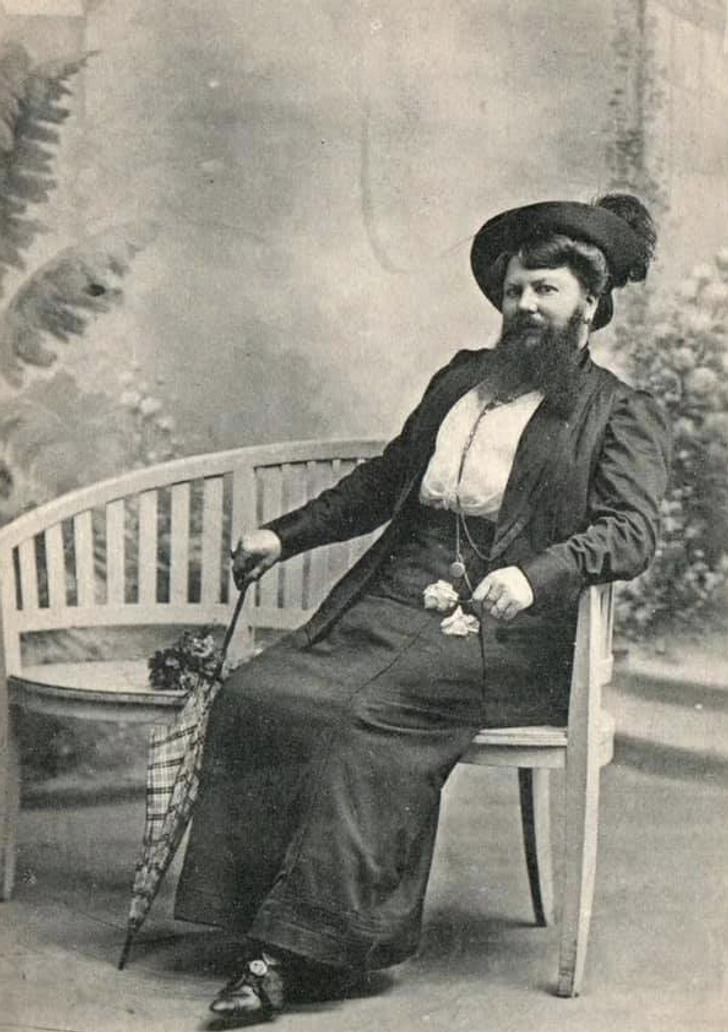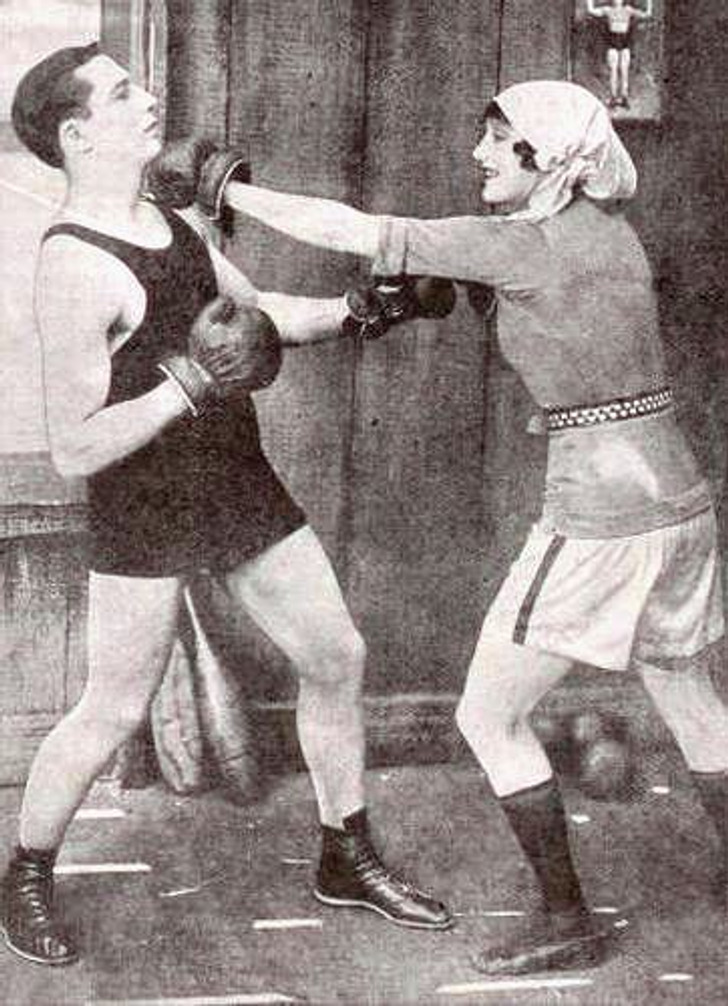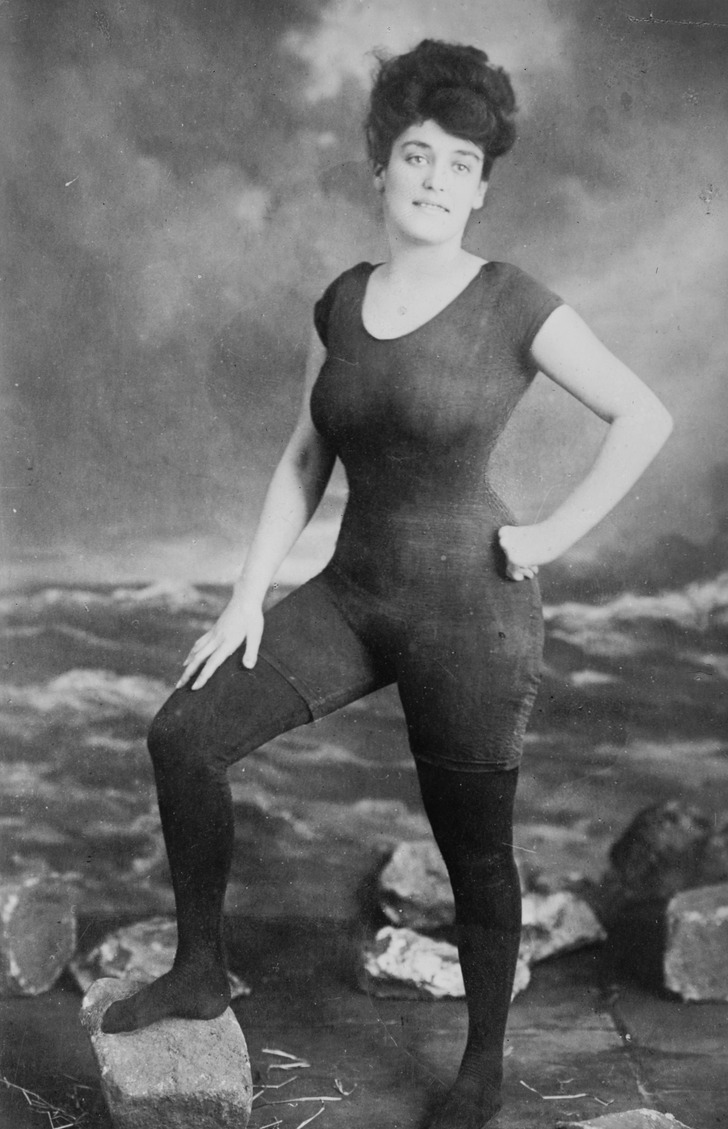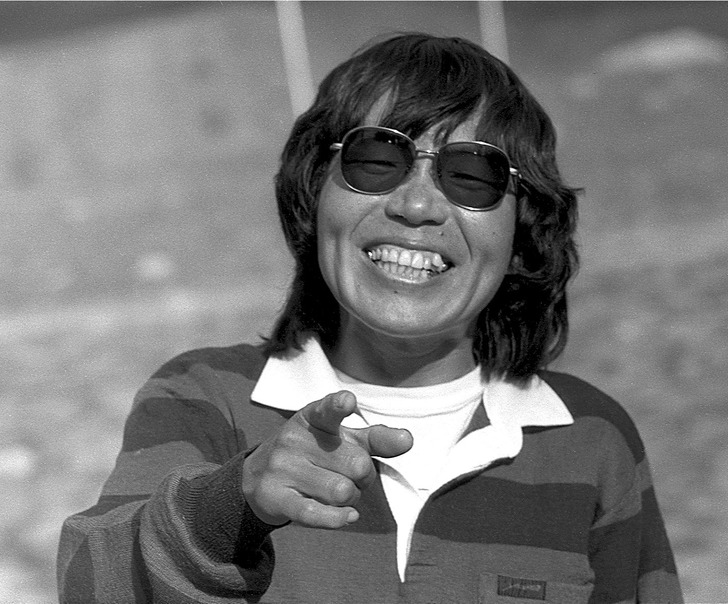What about Eleanor of Aquitaine?
10 Women in History That Were So Cool Even Daenerys Stormborn Would Be Jealous
It’s said that it’s important to be in the right place at the right time but the women we’re showcasing today couldn’t use this piece of advice. All of these women, with their progressive views, were very much ahead of the time they were born in.
Bright Side wanted to remember the stories of strong women. They are worthy of being role models because they were brave enough to not give up on their dreams and make this world a better place.
Agnodice
In the 4th century BCE, there were no female doctors in Greece. So, what was the young Agnodice supposed to do if she wanted to be a doctor? She went to Egypt to get an education. And when she came back to Athens, she became a physician but she had to be disguised as a man.
When people found out the truth, Agnodice was put on trial. Fortunately, her happy patients were able to protect Agnodice’s and other Greek women’s rights to be doctors.
Urraca of León
Urraca was called the Bold Queen and there was a reason for that. When she lost her first husband, brother, and father, Urraca got married again. Her second husband was her cousin Alfonso and the marriage wasn’t very good. There was abuse and Urraca left her husband. So, Alfonso returned to his home in Aragon to start a war against his own wife.
Fortunately, their bloodline kept them from ruining each other’s lives and officially annulled the marriage. The Queen never got married again and ruled the country alone until the end of her life. This example allowed other women remain in power without anyone’s help.
Anne Boleyn
Anne Boleyn is the second and probably most famous of the 6 wives of Henry VIII. Her story, woven of political games and personal tragedies, attracted the attention of many generations of cinematographers.
The great-granddaughter of a hat maker didn’t want to become a favorite and she was very reserved when the married king showed interest in her. Anne rejected the king and he all but gave up. Either because he fell in love or wasn’t used to rejection, he did all he could to get divorced and get married to Anne.
They were married but not for a long time. Anne never gave birth to a prince and she was accused of magic and treason. Her execution was the only possible punishment for these things in the Middle Ages.
Émilie du Châtelet
It seems that Émilie du Châtelet managed to live several lives. She loved dancing, played the harpsichord, sang in an opera, and acted in an amateur theater. She translated the works of Newton. Yes, it was thanks to Émilie that the French found out about gravity.
She was seriously into math, physics, and philosophy. Interestingly, her personal life didn’t suffer because of how busy she was. She was with Voltaire.
Catherine the Great
The story of Catherine the Great has so many angles we don’t even know where to start. It’s a life full of romantic interests and rebellions. It’s a historical drama about the start of feminism in the Russian Empire.
In 1764, Catherine the Great founded the Smolny Institute for Girls. Around 200 girls aged from 6 to 18 got a comprehensive education at the Smolny Institute. The education took 12 years, and the girls rarely saw their parents. Why? To give girls a new cultural standard of the era and pass these values onto the next generations of women.
Marie Antoinette
Marie Antoinette had a short but interesting life. Her contemporaries thought she was frivolous and moody but not everything is true. For example, the phrase she’s very famous for “If they have no bread, let them eat cake” was never even said by her! This phrase was taken from Jean-Jacques Rousseau’s Confessions he wrote in 1769. At the time, Marie lived with her parents in Austria and wasn’t even thinking about marrying the monarch.
According to rumors, a different man asked for her hand in marriage. It was Mozart. When he was 6 years old, he gave concerts at the summer residence of the Habsburgs. This was where they met. The musician slipped on the polished floor and Marie came to help him. As a joke, Mozart proposed to her but the future Queen of France refused.
Clémentine Delait
It took Clémentine Delait 36 years to turn her “problem” into an advantage. From early childhood, she carefully hid her bushy beard. A client in a pub Clémentine’s family owned saw hair on her face and offered her a reward if she was able to grow a full beard.
The brand of the “bearded woman” quickly became popular and photos of Clémentine in dresses and men’s suits were really popular. Madame Delait had a full life: she was in a circus with wild animals, she managed several pubs, and even owned an undergarment store. Over time, her beard turned silver but she never shaved it.
Annette Kellerman
Annette Kellermann is famous as a “liberator of women’s bodies.” The thing is, Annette transformed uncomfortable pantaloons for swimming into an elegant one-piece swimsuit that didn’t hinder the movements of professional swimmers.
The woman didn’t only have a great career as an athlete and was the first woman to partially swim across the English Channel. She also became successful in Hollywood, released a line of clothes for swimming, and gave lectures about healthy lifestyle and vegetarianism. Annette was a decisive girl even by today’s standards — she offered marriage to her future husband.
Delia Akeley
Life doesn’t end after 50 and Delia Akeley proves it. Of course, this woman was extremely active. She went around half of Africa, saved her husband’s life twice — once after he was bitten by a malarial mosquito and once after an elephant attack, then divorced him over a monkey (her husband was strongly against pets).
Junko Tabei
Junko Tabei started her path into the mountains when, in her home in Japan, women were only seen as housewives. She even said that some men refused to work with her and said she was a husband seeker. But she didn’t care. In 1969, she organized The Ladies Climbing Club in Japan.
Junko Tabei reached the peak of Everest in 1975. Before her, only men had climbed the mountain. But her achievements didn’t end there. Junko was the first woman to climb the famous 7 summits — the highest peaks on 5 continents. She never left the mountains until the last days of her life.
Who of these women have you never heard of before? What other amazing women would you include on this list?
Comments
Related Reads
15+ People Whose Makeovers Ruined Their Entire Day

My Husband Refuses to Get a Nice Graduation Gift for My Daughter

I Did a Simple Favor for My Coworker That Seemed Harmless—It Wasn’t

My MIL Offered to Help While Our Daughter Was Ill—Then She Betrayed Our Trust

Lizzo Flaunts Major Transformation, but Fans Are Worried
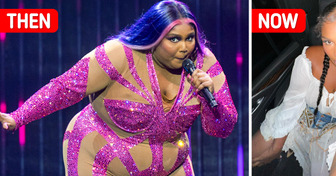
10 Parents Who Held Their Children’s Hands Through Life’s Stormiest Moments

7 Things Parents Do That Unintentionally Push Kids Away

15 Childhood Stories That People Still Share With a Smile on Their Faces

12 People Who Were Masters at Hiding Their True Intentions

18 Extraordinary Parents Who Can Teach Us a Thing or Two

When My Husband’s Cruelty Peaked, Help Arrived Unexpectedly

15 Unsolved Mysteries That Are Too Bizarre to Believe

